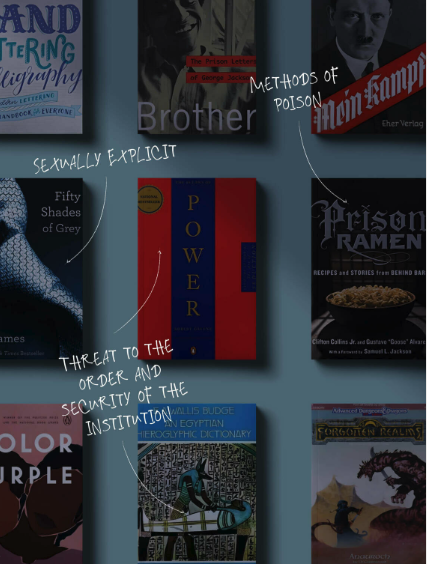
The Books Banned in Your State's Prisons
The Banned Books Project started in late 2022. Over the course of a year, thanks to community listening and collaborative design sessions with people close to the issue of book censorship in prisons, we produced a tool with banned book lists from about 24 states, stories about the confusion that people experience when sending books to prisons, and how drug smuggling policies can become de facto book bans. The project also showcases the use of generative ai to translate complex prison publication policies into simple summaries.
Skills: Project and product management, collaborative design, generative ai, dev ops, data analysis, reporting, writing,
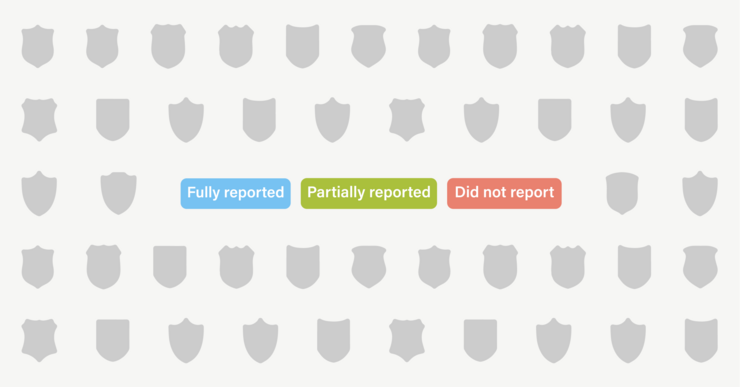
See If Police in Your State Reported Crime Data to the FBI
An example of a hyper-localized news product, this searchable table with state- and police-department-level data that serves auto-generated text and statistics when you click on a state. The table was used by Axios to produce dozens of local stories, and has also been used by journalists and experts to interrogate poor data reporting practices across the country.
Skills: Product and visual design
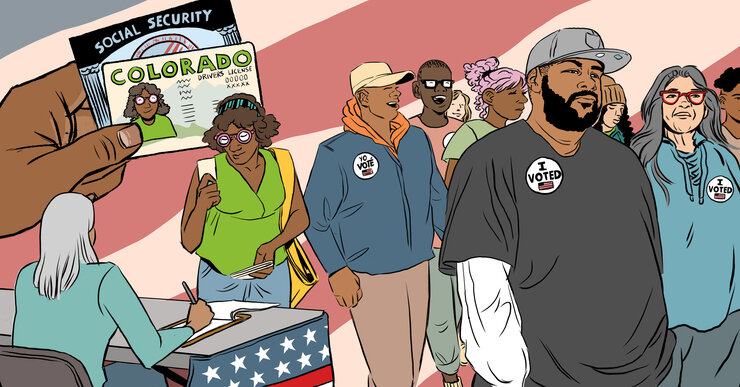
Out on Parole in Colorado? You can Vote.
As a follow-up engagement project to our story about voter misinformation in Colorado, I worked with mulitple people at The Marshall Project on a comicbook-style clarifying that formerly incarcerated people in Colorado can vote and explains how to do it. It's an example of an explainer born out of conversations with people affected by this issue.
Skills: Product and visual design, Collaboration with an illustrator, Project management
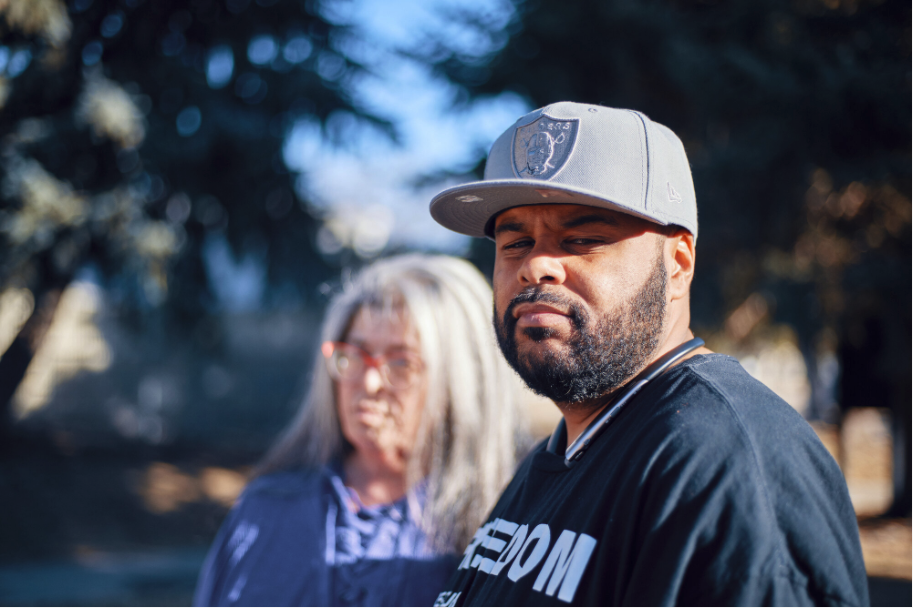
Paroled People Can Vote in Colorado. Why Did Forms Say They Couldn’t?
For this story about Colorado's three-year delay in updating voter registration forms to correctly show that people on parole are eligible to vote, Ilica Mahajan, Alex Arriaga, Weihua Li from The Marshall Project, and I, analyzed voter registration and parolee records, finding that at most 27% formerly incarverated people eligible to vote had registered since a 2019 bill restored that right while on parole. In light of our inquiries, the Colorado State Secretary updated the forms prior to publication.
Skills: Design, collaboration with an illustrator, Project management
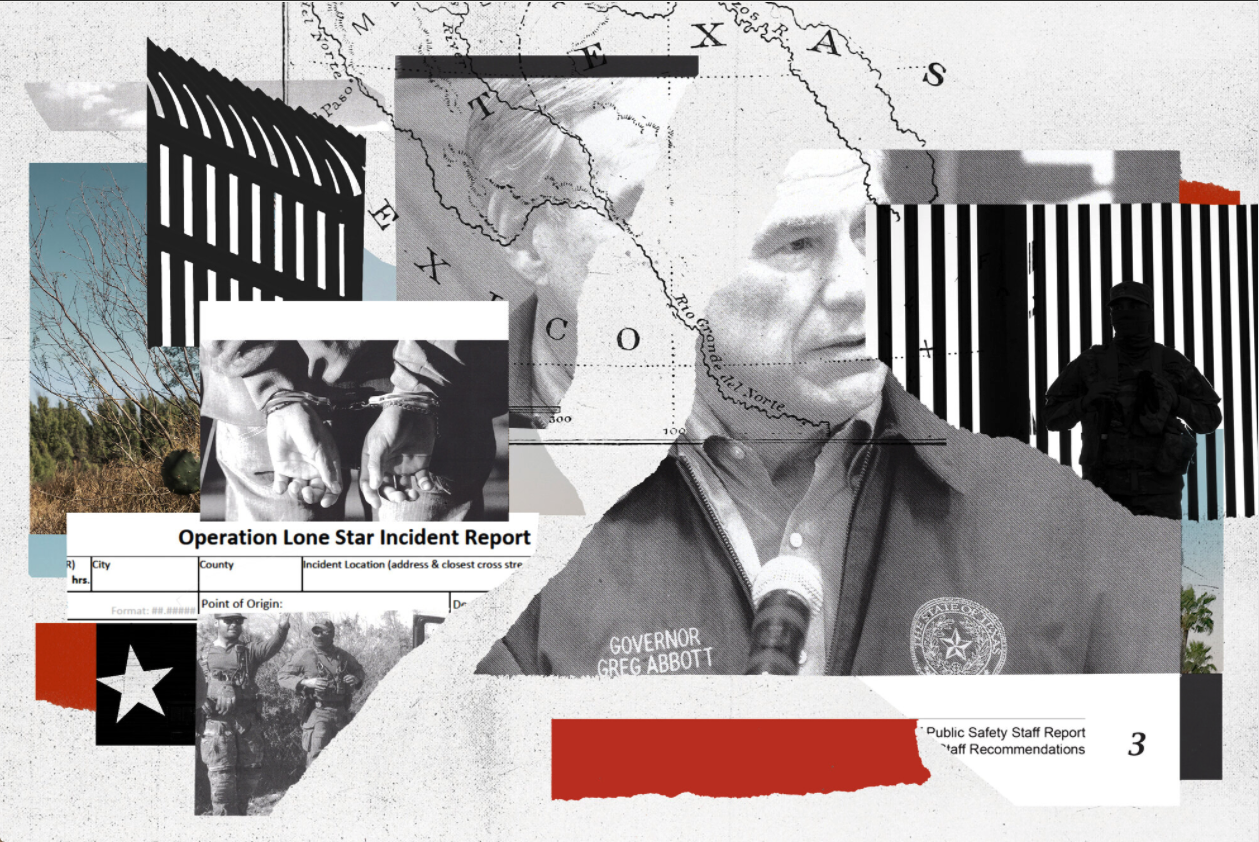
Texas Says Its Multi-Billion Dollar Border Operation Is Working. The Evidence Tells a Different Story.
For this story about Texas Governor Greg Abbott's multi-billion dollar Operation Lone Star, Keri Blakinger from The Marshall Project and I teamed up with Lomi Kriel and Perla Trevizo from ProPublica/Texas Tribune. Over the course of 9 months, we found that despite Abbot's claims of success, the operation was based on shifting and questionable metrics, leaving more questions than answers about its accomplishments.
Skills: Python, d3.js, Figma, Observable, GitHub, Project management
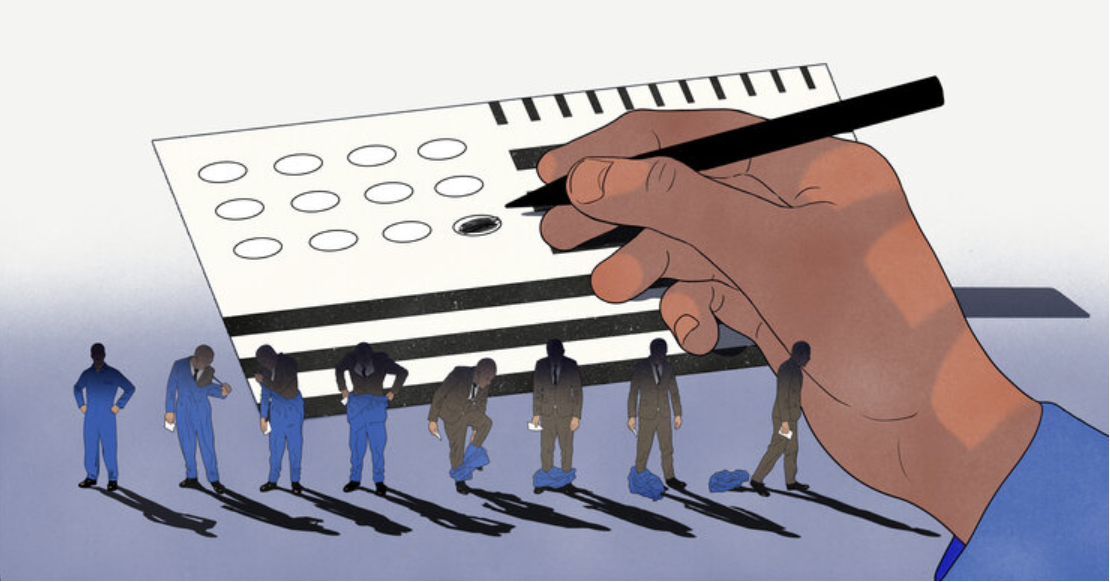
Millions of People With Felonies Can Now Vote. Most Don’t Know It.
For this story about felony disenfranchisement, I worked with Nicole Lewis to join state voting records with prison release records to identify how many people recently released from prison appeared in their state's voter rolls. I designed and built the scrolling visualization, an SMS campaign to reach the formerly incarcerated with a survey and I analyzed, cleaned and manipulated all the data for the story.
Skills: Python, d3.js, Figma, Twilio, CircleCI, Docker, Terraform, Typeform, GitHub & Observable
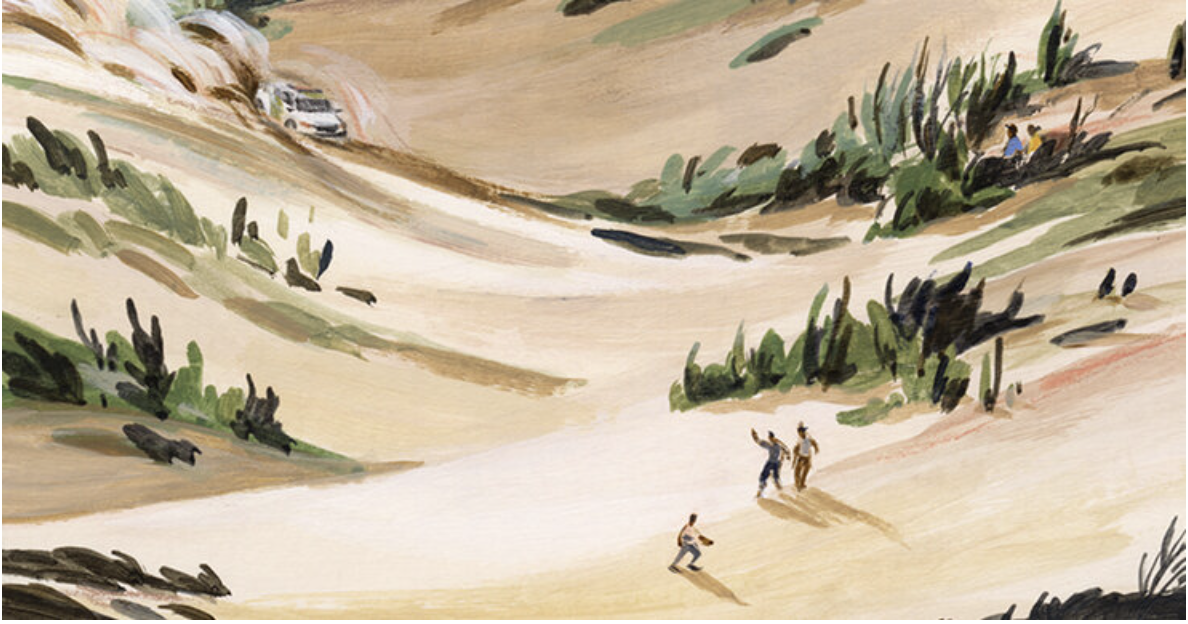
Strict Border Enforcement Policies Put Migrants in Harm’s Way. Title 42 Is No Exception.
For this story about migrant deaths along the border, Isabela Diaz from MotherJones and I used Department of Homeland Security data to determine the death and rescue rates along the border. I reported out the story, helped write it, found and analyzed the data and built the visualization. I worked with designers and a photo editor on the visual treatment for the story. I also made the graphics embeddable on MotherJones' website, and collaborated with the Spanish-language translators to publish the story on Television's website.
Skills: Python, d3.js, Figma, Observable, GitHub, Project management
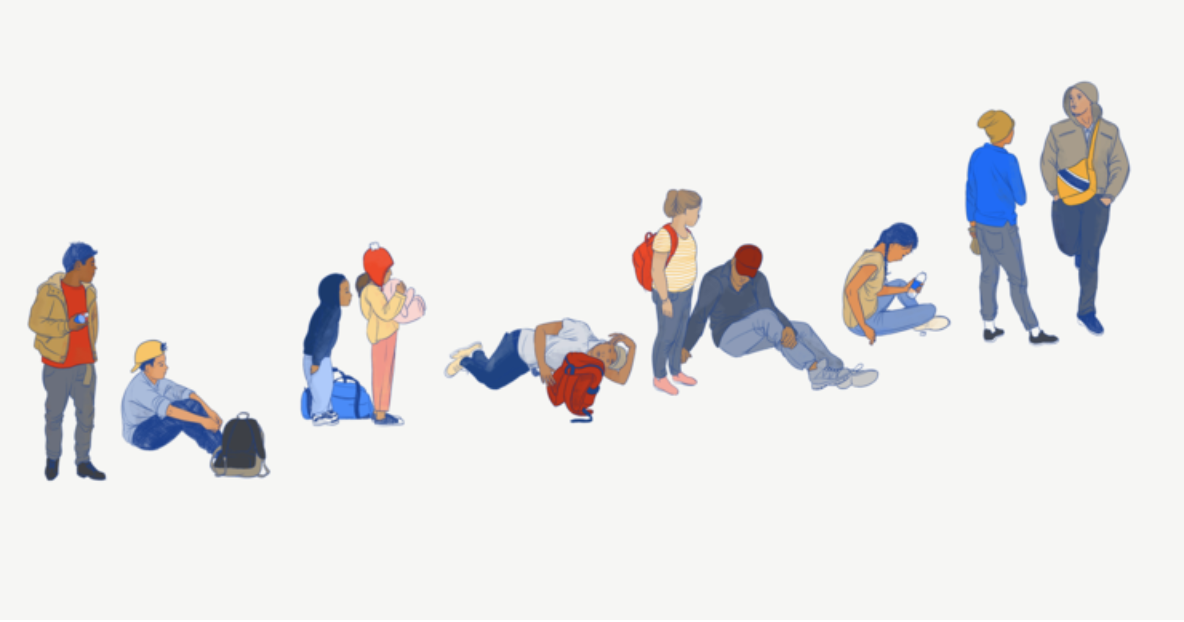
These Young People Were Told They Could Stay in the U.S. They Might Get Deported Anyway.
For this story about abused, neglected or abandoned migrant kids stuck in legal limbo, I worked with illustrator Julia Kuo on the visual treatment, including the flowchart and header image. I reported out the story and wrote it. I designed and built the data visualizations. I also negotiated a data agreement with researchers who shared their data with us for the state block.
Skills: Python, d3.js, Figma, Observable, GitHub
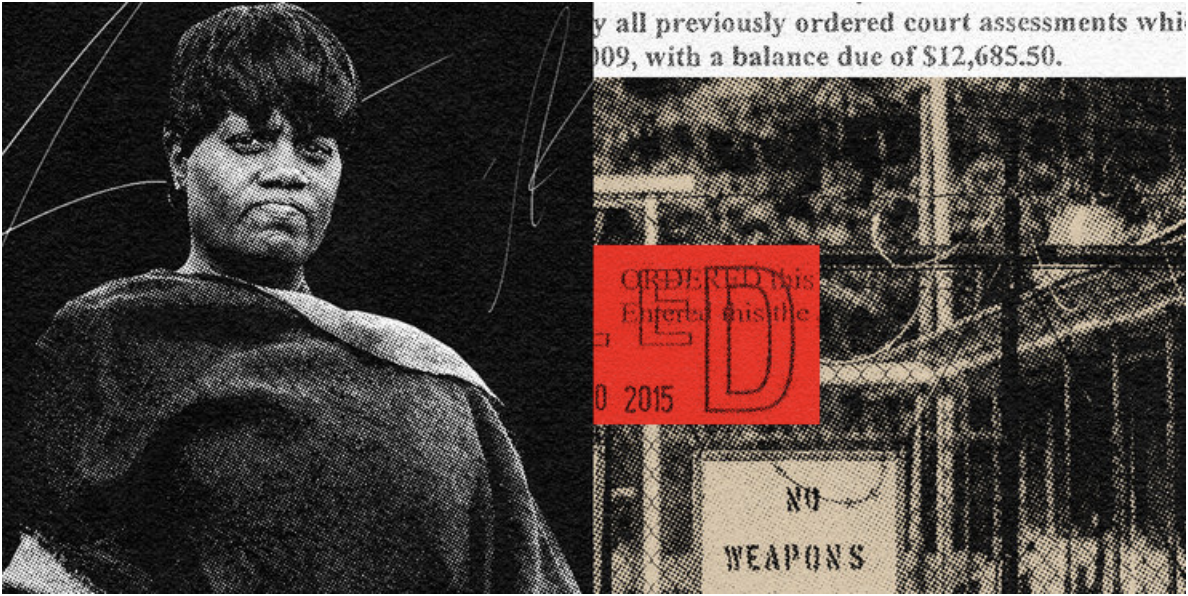
Think Debtors Prisons Are a Thing of the Past? Not in Mississippi.
For this story about debtor's prisons in Mississippi, the team and I transcribed court house data to create out own data set of people who had been sentenced to restitituion centers, coordinated manual data-quality checks with two reporters and identified key findings for the story. I also collaborated with another data reporter on the visual.
Skills I used: Python, Google Sheets
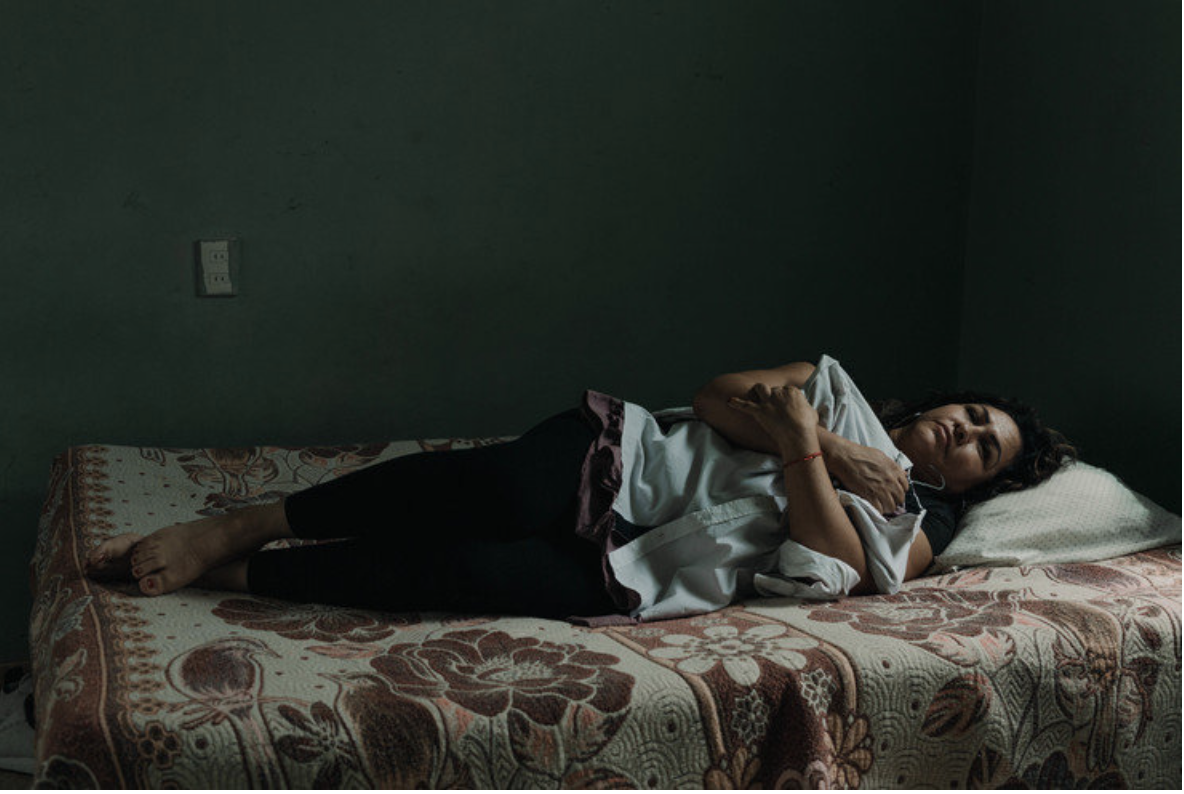
The True Costs of Deportation
For this story about the economic burden on tax payers of putting migrants through detention proceedings, Julia Preston and I worked with a research institute to use Census data to calculate the number of families with at least one undocumented breadwinner that would fall into poverty if that person were deported. I vetted the Census analysis, designed and built the visualization and did part of the writing.
Skills: Python, d3.js, GitHub
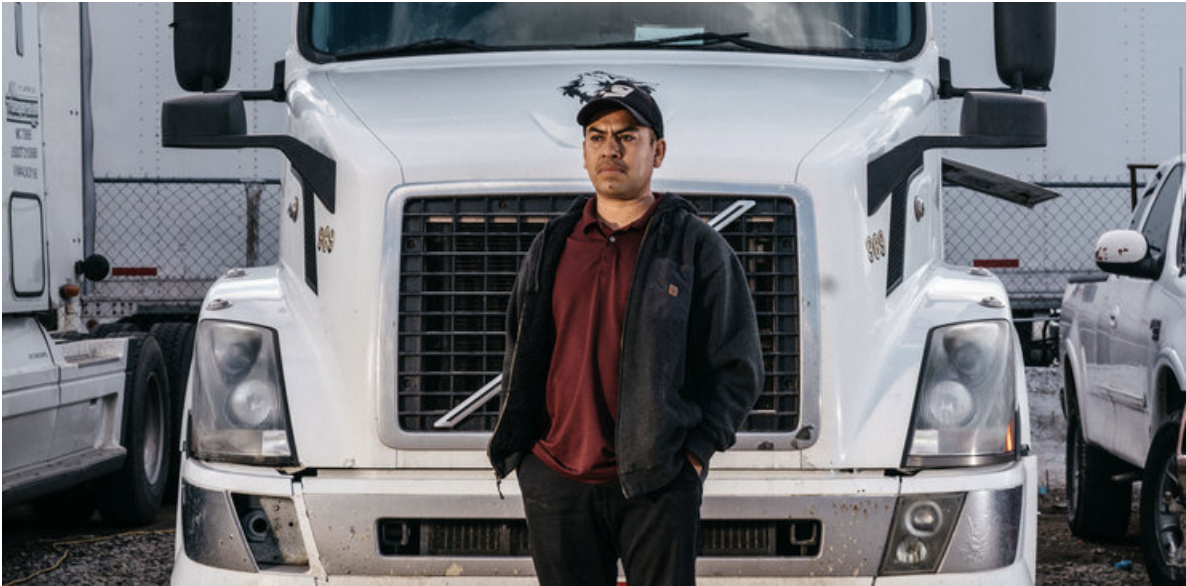
Trump Tried to Deport People Faster. Immigration Courts Slowed Down Instead.
For this story about former-President Donald Trump's immigration court policies slowing down the court docket, I worked alongside Julia Preston to analyze court data from the Executive Office for Immigration Review and to write our findings into the story. I also vetted them with experts.
Skills: Python

More Immigrants Are Giving Up Court Fights and Leaving the U.S.
I worked with Christie Thompson to analyze the data for this story about voluntary departures increasing after Donald Trump was elected president.
Skills: Python
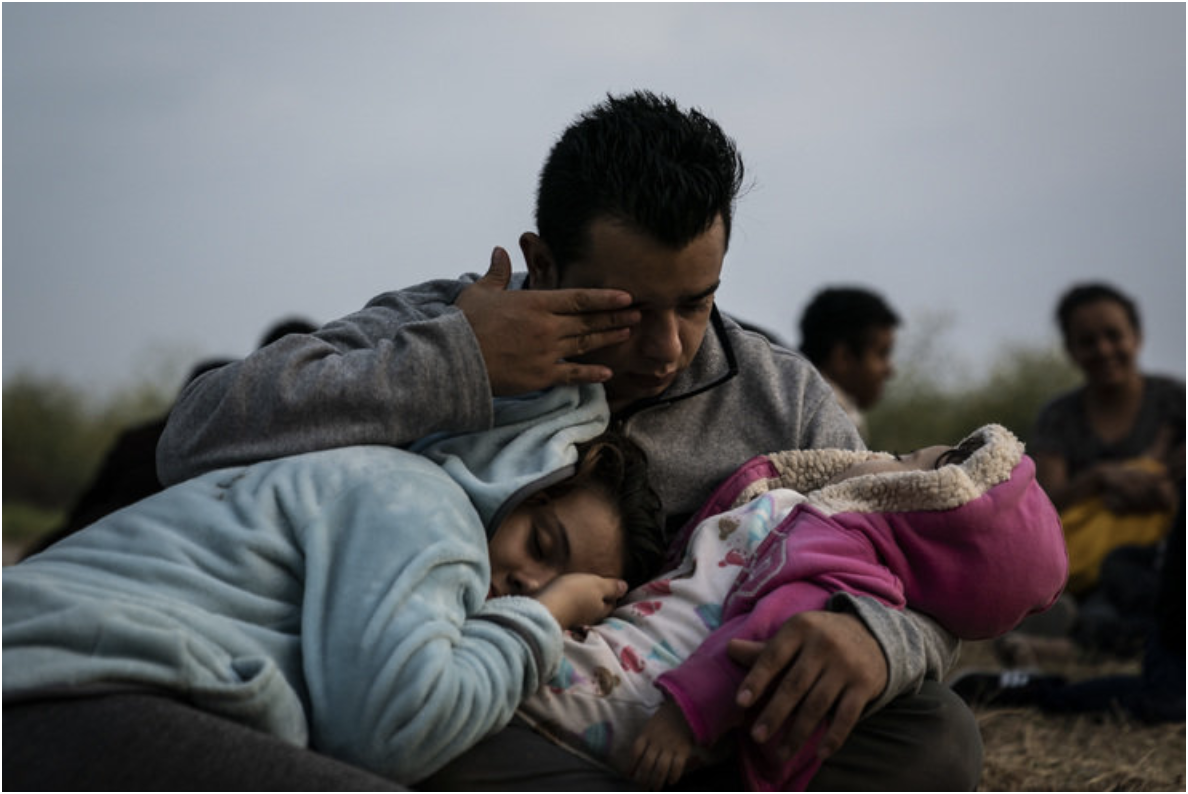
500,000 Kids, 30 Million Hours: Trump’s Vast Expansion of Child Detention
For this story about migrant children held in border detention facilities for longer than is federally allowed, Anna Flagg and I collaborated on the entire piece. I vetted the data we received from the Department of Homeland Security, wrote part of the story and worked with the photo editor on the visual treatment. I also helped prepare the data release.
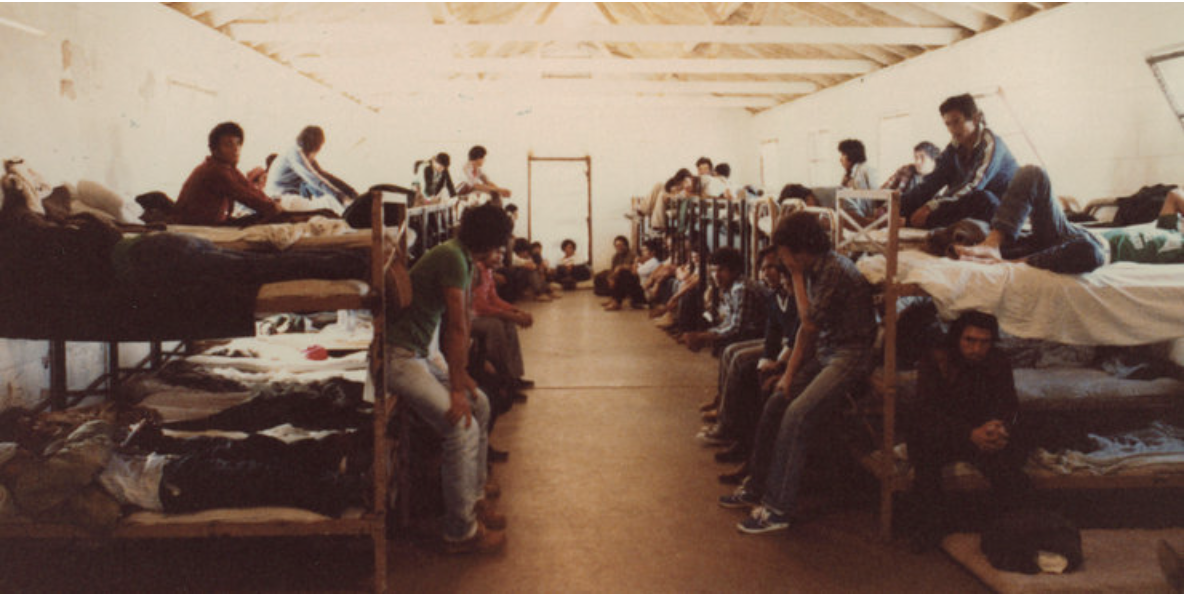
Detained
I worked alongside Emily Kassie to report out the data for this story, which involved pouring over archival records in Washington D.C., multiple New York City public libraries, and online databases. I also helped mock up the narrative for the documentary segments, doing some of the voice recording until an actor was found. Along the way, I provided feedback on the story structure.
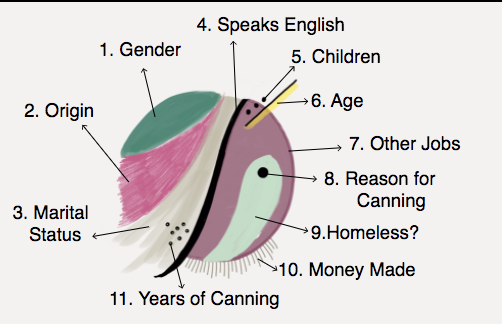
We Can NYC
As a graduate student, I worked with Magic grantee Francesca Berardi on a project for Columbia Journalism School about the lives of people in New York City who collect cans and bottles for income. I wrote and reported the Canning FAQ section, doing original data collection and analysis to elucidate a shady system that preys on a vulnerable population of most elderly immigrants of color. This work ultimately became my thesis.